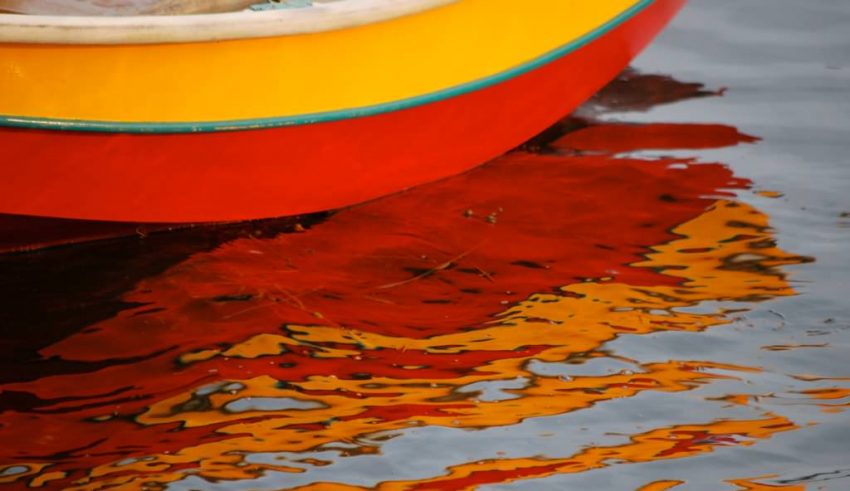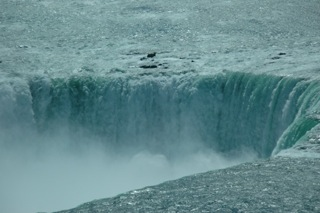
Furthermore, we gain indirectly from the patterns, using these patterns to explain (and excuse) our actions—with the repetition of behaviors forming the backbone of the culture that is created in our organization and the personality that is exhibited in ourselves. Patterns also enable us to use (and rely heavily on) our procedural brain without taxing our much more easily overwhelmed expository brain (the work of Jonah Lehrer provides ample evidence of this benefit). Patterns make life easier to live, given the interlocking nature of the systems in which we operate and the challenges associated with living through a series of change curves.
Conclusions: Coaching and Anchors
I would suggest there is something more fundamental operating in the life of our coaching clients and the life of the organizations in which our clients work. There is a fundamental benefit derived from organizational patterns—and this benefit is associated with the need for personal and collective anchors in our postmodern world of complexity, unpredictability and turbulence. Anchors provide stability and orientation. We find that there are two kinds of anchors that operate in the nautical world —and in the world of personal and organizational patterns.
The first type of anchor is the so-called bottom anchor. This is the large and very heavy anchor that most of us non-nautical folks envision. The bottom anchor consists of a shaft with two arms and flukes at one end and a stoke mounted at the other end. This type of anchor digs into the floor of the sea once the boat begins to move and provides tension on the chains connecting the anchor to the boat. The second kind of anchor is called a sea anchor (also called a drift anchor or drogue). It typically is not as heavy as the bottom anchor and is often shaped like a parachute or cone with the larger end pointing in the direction of the boat’s movement. The sea anchor helps to orient the boat into the wind and slows down (but doesn’t prevent) the boat’s drift. The sea anchor is used when the boat is far away from the shoreline and the sea floor is located many fathoms below.
Download Article















